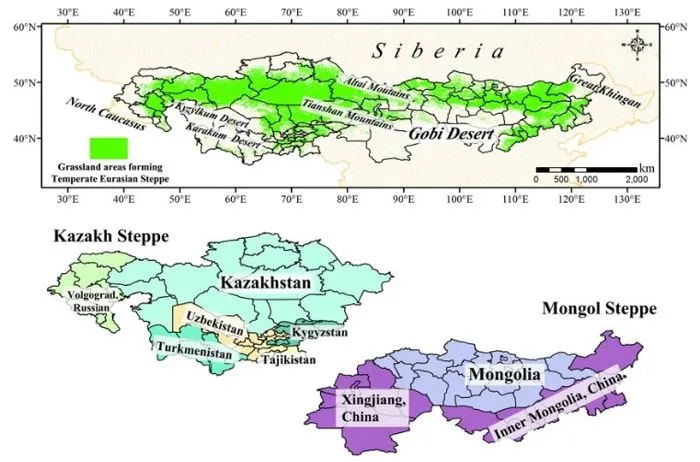

11th June 2024 (13 Topics)
Context
Przewalski horses, brought from Prague, took their first steps in the Kazakh steppe, their natural habitat. This is the beginning of a plan to release 40 of these endangered horses into the wild in Kazakhstan over the next five years.
About Kazakh Steppe
- The Kazakh Steppe, also known as the Great Plains of Central Asia, is a vast grassland region in northern Kazakhstan and adjacent parts of Russia.
- Steppe is a plain without trees. It is a type of grassland biome.
- It's characterized by vast, open expanses of grasslands with few trees, making it ideal for nomadic pastoralism.
- This steppe is one of the largest dry grassland areas in the world, covering an area of over 800,000 square kilometers.
- It has a continental climate with hot summers and cold winters.
- It supports a variety of wildlife, including saiga antelopes, wild horses, and various bird species.
- Historically, it has been home to nomadic tribes such as the Kazakhs, who have relied on herding livestock for their livelihoods.

Fact Box: Przewalski horses
|
More Articles


